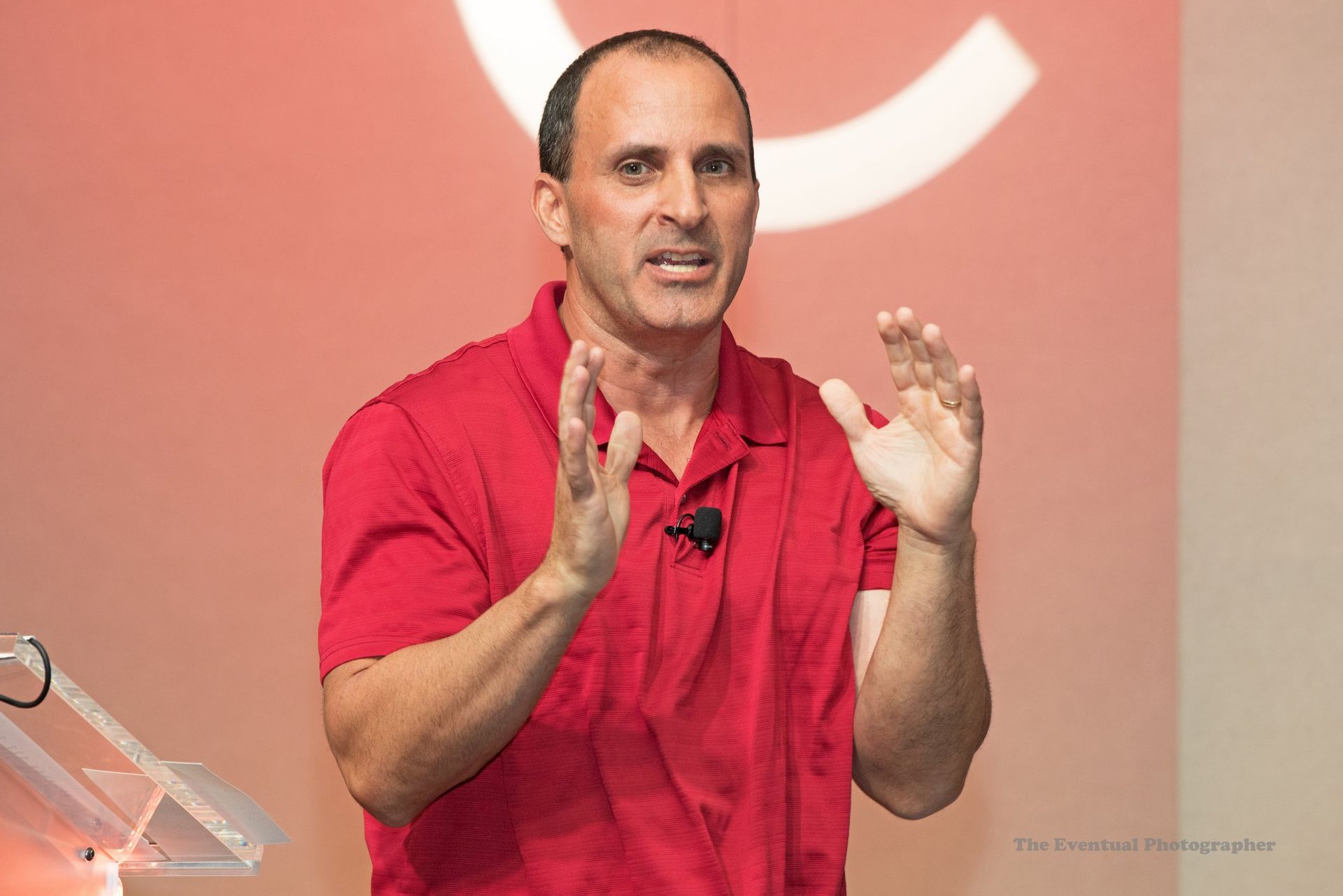Rewind to the early says of the MSP market. Around 2008, I first met Peter Sandiford. At the time he was CEO of Level Platforms, an RMM (remote monitoring and management) software company. His vision was to empower MSPs to "see all and manage all."
It was a bold statement for 2008. Most customers weren't all that interested in permitting MSPs to manage printers, PCs and servers -- especially for a monthly fee. And most MSP software tools at the time were client-server based, and clunky at best. But gradually, the MSP model took hold.
By the time Microsoft launched Office 365 in June 2011, Sandiford was thinking about managing that platform as well. Meanwhile, Amazon Web Services (launch: 2006) and Microsoft Azure (2008) quietly gained early adopters before gaining critical mass a few years later. At the time, I was tracking all the trends for MSPmentor, Talkin' Cloud and The VAR Guy -- three websites that I co-owned with Amy Katz. We ultimately sold those sites in 2011, and we took some time off by around 2014 or so.
By the time Amy and I returned to the market by launching ChannelE2E in September 2015, a lot had changed. Level Platforms had been swallowed by AVG Technologies. Numerous rivals and the overall MSP software market were still growing. But the "see all, manage all" vision that Sandiford had evangelized had to evolve. After all, the cloud's momentum was only accelerating. smartphones were ubiquitous and the Internet of Things (IoT) was on the scene. It seemed like just about every physical device in the world would ultimately gain an IP address.
Who Will Empower MSPs to "See All, Manage All" (2015-2020)?
From about 2015 to about 2020, I kept waiting for enterprise-class cloud monitoring tools like Datadog and New Relic to come down market into the SMB-MSP sector. I figured their cloud-oriented strengths (application, platform, infrastructure and mobile monitoring) would ultimately compete head-on against entrenched MSP-SMB software tools. For the most part, I was wrong.
What happened? Frankly, Datadog, New Relic and other enterprise-class monitoring companies are addicted to million-dollar engagements with large customers. Jump on their quarterly earnings calls, and those enterprise software companies routinely describe how many end-customer accounts each spend $1 million or more annually on their platforms. That type of math, pricing and consumption model does not fit the MSP-centric SMB sector.
Meanwhile, some of the major RMM software companies have continued to evolve their products toward more cloud management capabilities -- especially as it pertains to Microsoft 365. Startups such as Augmentt and SaaS Alerts have also popped up to help MSPs wrap security services around SaaS applications.
Observe All, Manage All: End-to-End Visibility Emerging?
Still, what happened to the original "see all, manage all" vision for MSPs that Sandiford shared more than a decade ago? I have a two-part answer:
- First, Sandiford has moved on to help MSPs solve identity management. And numerous RMM software tools gained critical mass.
- Second, enterprises seem obsessed with end-to-end observability. And I suspect that trend is now coming down market to the MSP-SMB sector.
Is end-to-end observability the same as remote monitoring of everything? Not really. Ismail Egilmez, a business development manager Thundra, explains the difference in this blog:
- Observability and monitoring complement each other, with each one serving a different purpose.
- Monitoring tells you when something is wrong, while observability enables you to understand why.
- Monitoring is a subset of and key action for observability. You can only monitor a system that’s observable.
End-to-End Visibility for MSPs?
So, what's an example of end-to-end visibility for MSPs, and what are the potential benefits? The answers may be emerging at Liongard, the fast-growing startup led by CEO Joe Alapat.

Liongard recently launched Endpoint Visibility for Windows 10, Windows 11 and Linux systems. At first glance, that may sound like some sort of RMM strategy. But take a closer look, folks. I believe the real Liongard strategy involves end-to-end visibility (i.e., observability) across cloud, network and endpoint systems. In some ways, the strategy seeks to fulfill the "see all, manage all" mandate that Sandiford coined more than a decade ago. But in this case, Liongard is taking a modern approach -- essentially, an "observe all" approach. In theory, "observe all" sets the stage for "manage all."
Still, let's rewind the conversation to Liongard's actual Endpoint Visibility Inspector announcement from February 1, 2022. Those inspectors "capture details about hardware, software, network connectivity, security, patch status and antivirus, and operate in a least-privilege model," Liongard said.
Now, tuck Endpoint Visibility into Liongard's larger strategy: Delivering a "unified visibility platform gives you the data you need, when you need it, so you can spend less time digging for data, and more time growing your MSP."
Admittedly, I'm not a hands-on user of Liongard's unified visibility platform. And I'm not a hands-on user of RMM. So it's difficult for me to say who's actually leading the race toward end-to-end visibility -- and associated monitoring/management capabilities. But it sounds like the industry as a whole is making modern-day progress toward Sandiford's original "see all, manage all" thesis.
Unified Visibility
Side note: If you think Liongard's endpoint strategy is to somehow become another RMM player, then you're missing the bigger point. The real story involves that continued march toward end-to-end visibility. Enterprise software companies refer to it as end-to-end observability. Liongard calls it unified visibility.
We'll be watching for continued progress updates from across the MSP ecosystem.



